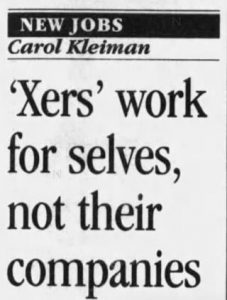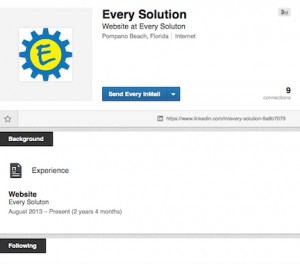Mobile App Video Fraud Rises 50%, CTV Notches To Top, DoubleVerify Finds
As the advertising landscape continues to rock brands, a report released today by DoubleVerify outlines the shifts — from growth in connected TV (CTV) and quality on programmatic buys to measures that improve performance and privacy.
DoubleVerify on Thursday released its 2021 Global Insights Report, an annual study on the current state of media quality and performance on the Internet.
The company analyzed more than one trillion impressions in 80 markets across more than 2,100 brands. During the past year, the volume of video ad impressions globally rose 56%, compared with the same time period in the prior year.
The report provides a market-by-market analysis for North America, LATAM, EMEA, and APAC of video and display impressions measured YoY from May 2020 to April 2021 across desktop and mobile web, mobile app, and CTV.
Driving the trend is the mobile web with 104% year-over-year (YoY) and the connected TV market with 87% growth YoY. In North America, for example, about 29% of all video ad impressions are now served on CTV devices.
Meanwhile, post-bid brand suitability rates globally fell by 4%, likely a result of the widespread adoption of pre-bid avoidance tools, according to the analysis.
In the report, DoubleVerify called out a “significant drop” in post-bid block rates as programmatic pre-bid avoidance tools gained acceptance, from 9.4% in first-quarter 2019 to 6.0% in first-quarter 2021.
Keywords make up a smaller share of overall violations YoY, falling from 13% to 7%. The report suggests these changes demonstrate “a maturing industry, moving beyond keywords to embrace inclusion/exclusion lists, page exception lists and contextual content categories at DV’s guidance.”
The report also points to declining fraud rates, but notes that volume remains steady. Pockets of fraud — especially those targeting video on mobile app devices — rose by nearly 50%. For CTV and streaming, fraud continues to change.
In 2020, bot-based fraud drove 78% of all fraud/SIVT violations on CTV. In 2021, that number fell to 44%.
Instead, fraud has migrated to data-center traffic, and now contributes to 36% of all CTV fraud/SIVT.
With data-center traffic, fraudsters spoof server-side ad-insertion inventory or SSAI inventory to contain incomplete information that potentially hides bad actors. The reason is that a mobile impression may resemble a CTV impression.
Programmatic also continues to close the gap, globally. For the first time, DoubleVerify found that the brand suitability and fraud/SIVT violation rates for programmatic vs. direct publisher buys come within 1% of each other.
DoubleVerify attributes this to clean-up efforts across the programmatic ecosystem, combined with new ways of automated buying direct, increasing in popularity.
(61)
Report Post




